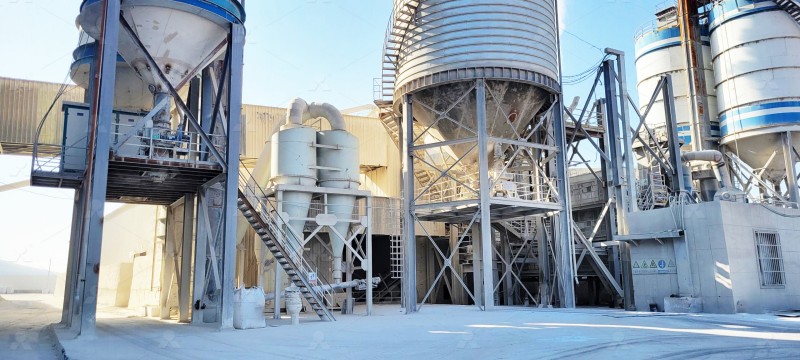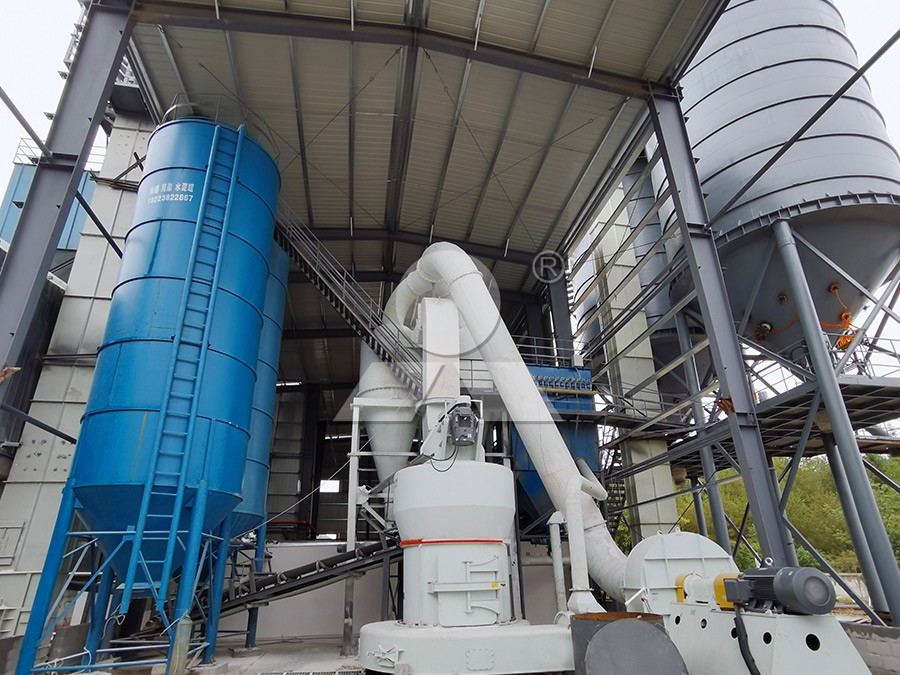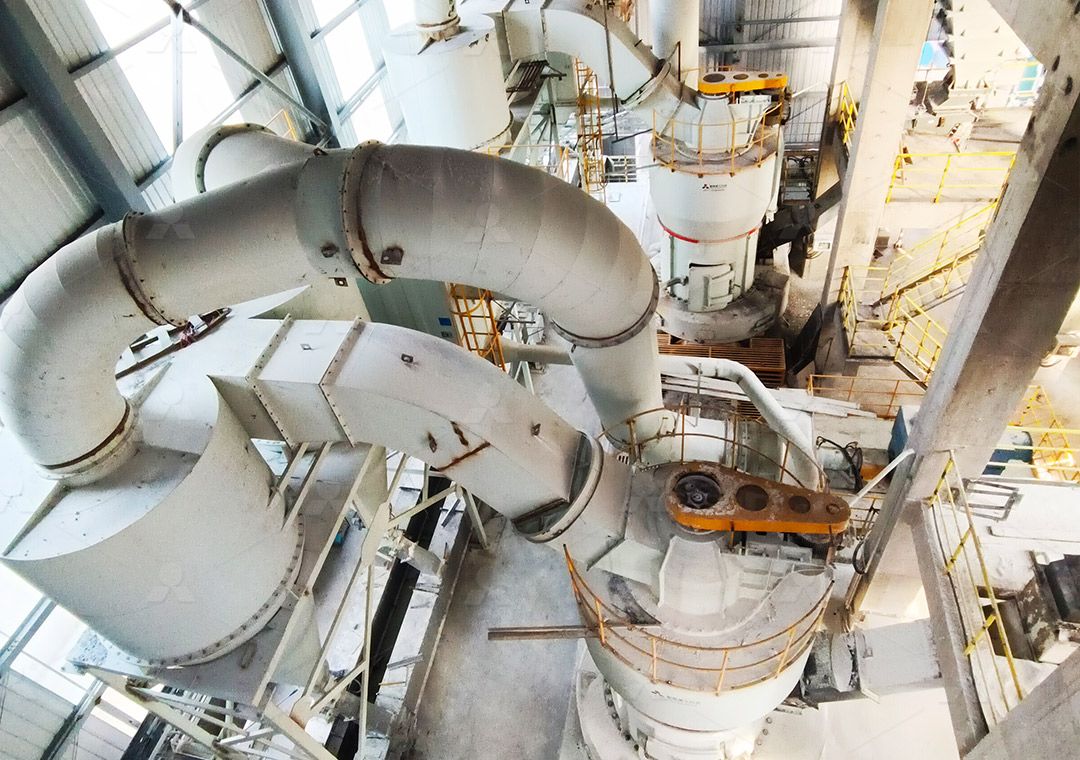6R Raymond Mill for Grinding Kaolin Clay: Price and Technical Specifications
6R Raymond Mill for Grinding Kaolin Clay: Price and Technical Specifications
When processing kaolin clay for industrial applications, selecting the right grinding equipment is crucial for achieving optimal particle size distribution and production efficiency. The 6R Raymond Mill has long been a reliable workhorse in mineral processing operations, particularly for kaolin clay applications requiring medium to fine powder production.

The 6R Raymond Mill represents an enhanced version of the traditional Raymond mill design, featuring six grinding rollers instead of the standard three or four. This configuration significantly increases grinding pressure and contact area, resulting in higher throughput capacity and improved grinding efficiency for kaolin clay processing.
Technical Specifications and Performance Characteristics
Designed specifically for medium-scale production requirements, the 6R Raymond Mill typically handles input sizes up to 25mm and delivers throughput capacities ranging from 5-15 tons per hour, depending on material characteristics and final product fineness requirements. The mill’s six grinding rollers work in conjunction with a large diameter grinding ring to create multiple grinding zones, ensuring consistent particle size distribution.
For kaolin clay applications, the 6R Raymond Mill achieves fineness levels between 80-400 mesh, with some configurations capable of reaching 500 mesh. The integrated analytical engine and cyclone separator system work in harmony to classify particles efficiently, returning oversize material for regrinding while directing properly sized product to collection systems.
Advanced Features for Kaolin Processing
Modern 6R Raymond Mills incorporate several technological improvements that enhance their suitability for kaolin clay processing. The grinding roller assembly features spring pressure adjustment mechanisms that allow operators to fine-tune grinding pressure according to material hardness and moisture content. This flexibility is particularly valuable when processing kaolin from different deposits with varying physical characteristics.
The mill’s air circulation system is engineered to handle the specific drying requirements of kaolin clay, with optional hot air sources available for materials with higher moisture content. This integrated drying capability eliminates the need for separate drying equipment in many applications, reducing overall plant footprint and energy consumption.

Beyond Raymond Mill Technology: Advanced Alternatives
While the 6R Raymond Mill remains a solid choice for many kaolin processing operations, recent technological advancements have introduced more efficient alternatives for operations requiring ultra-fine powders or higher production capacities. For customers seeking to upgrade their kaolin processing capabilities, we particularly recommend considering our MW Ultrafine Grinding Mill.
The MW Ultrafine Grinding Mill represents a significant technological leap forward, capable of producing powders in the 325-2500 mesh range – far beyond what traditional Raymond mills can achieve. With an input size capability of 0-20 mm and throughput capacity of 0.5-25 tph, this system offers remarkable flexibility for various production scenarios. The innovative design eliminates rolling bearings and screws in the grinding chamber, addressing common maintenance concerns while ensuring continuous 24-hour operation.
For operations requiring even higher precision, our LUM Ultrafine Vertical Grinding Mill incorporates the latest grinding roller technology from Taiwan and German powder separating technology. This system delivers exceptional product quality with energy consumption reductions of 30%-50% compared to conventional mills, making it an economically and environmentally superior choice for premium kaolin products.
Operational Considerations and Pricing Factors
Pricing for 6R Raymond Mills varies significantly based on configuration, auxiliary equipment, and customization requirements. Base models typically start in the mid-range equipment category, with complete systems including dust collection, feeding, and classification equipment representing a more substantial investment. Operational costs are generally competitive, with power consumption proportional to production capacity and material characteristics.
When evaluating total cost of ownership, considerations should include spare parts availability, maintenance requirements, and potential production downtime. Our grinding systems are backed by comprehensive technical support and genuine spare parts availability, ensuring worry-free operation throughout the equipment lifecycle.

Frequently Asked Questions
What is the typical production capacity of a 6R Raymond Mill for kaolin clay?
Production capacity ranges from 5-15 tph depending on product fineness requirements, with higher throughput achievable at coarser grinds and reduced capacity when producing finer powders.
How does the MW Ultrafine Grinding Mill compare to traditional Raymond mills?
The MW Ultrafine Grinding Mill offers significantly higher fineness capability (up to 2500 mesh), 40% higher production capacity at equivalent power consumption, and advanced features like external lubrication and no internal screws or bearings in the grinding chamber.
What auxiliary equipment is typically required with a 6R Raymond Mill system?
A complete system includes jaw crusher for preliminary size reduction, bucket elevator, vibrating feeder, pulse dust collector, piping, and electrical control cabinet. Optional hot air systems may be added for materials with higher moisture content.
Can the same mill process different grades of kaolin clay?
Yes, with proper adjustment of grinding pressure and separator speed, the mill can handle various kaolin grades. However, thorough cleaning between different material batches is recommended to prevent cross-contamination.
What maintenance aspects should be considered for long-term operation?
Regular inspection of grinding rollers and rings, lubrication system maintenance, and wear part replacement are key. Our mills are designed with easily accessible components to minimize downtime during maintenance procedures.
